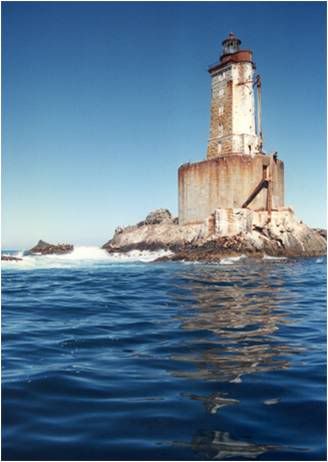
St. George Reef is a collection of exposed rocks and covered ledges lying about eight miles northwest of Crescent City. In 1792, George Vancouver named the outcroppings Dragon Rocks, while the nearest point of land was dubbed Point St. George, in hopes that the dragon might one day be slain. The dragon, however, was still alive and well on July 30, 1865, when the steam side-wheeler Brother Jonathan struck the reef and went down. Of the 244 people aboard, only nineteen managed to escape in a small craft.
Two years after the loss of the Brother Jonathan, the Lighthouse Board requested funds for the construction of the St. George Reef Lighthouse. However, with the costly Civil War having ended just two years before, Congress was unwilling to allocate the large sum required to construct a lighthouse on the exposed reef.
With the completion in 1881 of the Tillamook Rock Lighthouse, Alexander Ballantyne proved that construction of a lighthouse on an exposed rock was feasible. The following year, Congress granted an appropriation of $50,000 that allowed Ballantyne to visit St. George Reef and survey Northwest Seal Rock, which would serve as the foundation for the lighthouse.
In 1883, an additional sum of $100,000 was allocated to start construction. The schooner La Ninfa was towed to the reef in early April of 1883 and moored to four buoys and two points on the rock. La Ninfa would initially serve as the barracks and mess hall for the construction crew. A cable was stretched from the schooner to the top of the rock, and a platform suspended from the cable was used to transport the workmen to and from the rock. When the seas threatened to wash over the rock, the workers would lash their tools to iron rings set into the rock and then ride the platform to safety.
Photo Text & Copyright www.Lighthousefriends.com



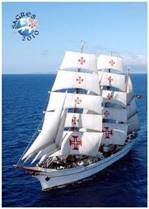





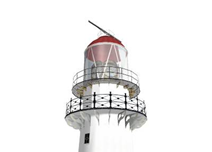













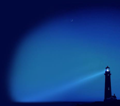





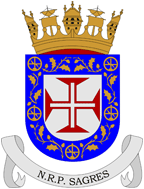

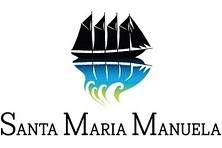










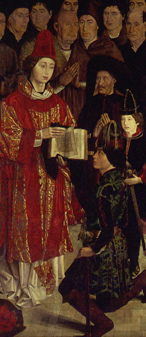



























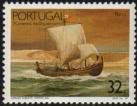
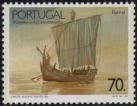
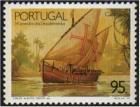
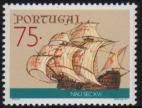









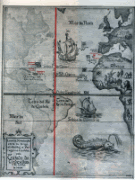



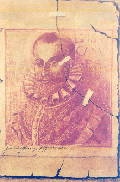



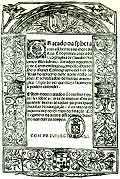
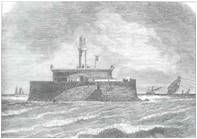











































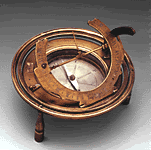
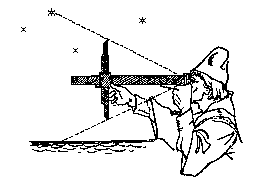








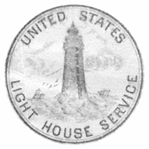

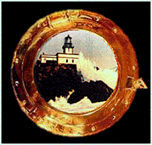














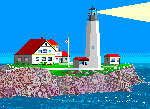




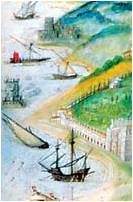

Sem comentários:
Enviar um comentário